Press Release: Veritas Press C.I.C. Author: Kamran Faqir Article Date Published: 26 Aug 2025 at 14:17 GMT Category: Middle East | Palestine-Gaza | US-Israel At War Source(s): Veritas Press C.I.C. | Multi News Agencies
What Happened And Why It Matters Now:
In the past 48 hours, Israeli air and ground forces have intensified bombardments across Gaza City and central and southern Gaza, with hospitals and tent encampments repeatedly struck. At least 20 people, including five Palestinian journalists, were killed in two back-to-back strikes on the Nasser Medical Complex in Khan Younis on Monday, August 25, according to local health authorities and multiple international outlets. The Israel Defence Forces (IDF) acknowledged striking the area and announced an inquiry, saying it does not target journalists; Prime Minister Benjamin Netanyahu called it a “tragic mishap.”
A day later, families streamed out of eastern Gaza City neighbourhoods after another night of shelling that residents described as relentless. “Earthquakes, we call it; they want to scare people to leave their homes,” said Ismail, 40, from Gaza City. The IDF says operations aim to uncover weapons and destroy tunnels as it prepares a new offensive.
Meanwhile, famine has now been formally confirmed in Gaza by the Integrated Food Security Phase Classification (IPC) and UN agencies, the first recorded famine in the Middle East, with officials warning it is spreading south from Gaza City. UNICEF’s executive director said debates over the data are “kind of obscene” given that children are dying. Local authorities reported three additional starvation deaths on Tuesday, bringing the malnutrition death toll to 303, including 117 children.
Pattern, not anomaly: a “double-tap” strike and a broader campaign against the press
Eyewitness accounts and time-stamped reporting describe two explosions at Nasser Hospital roughly 15–20 minutes apart, the second hitting as rescuers and media arrived at a staircase long used as a live broadcast position. Press-freedom groups call this a textbook “double-tap” strike, prohibited when it targets first responders and civilians. “Journalists were targeted,” Reporters Without Borders (RSF) said, urging an independent investigation at the UN Security Council.
The journalists killed at Nasser included AP freelancer Mariam Dagga and Reuters contractor Hussam al-Masri. Their deaths underscore a staggering trend: more than 190 journalists and media workers have been killed in the Israel–Gaza war since October 2023 (CPJ), a rate far exceeding other modern conflicts. “Deliberately targeting civilians constitutes a war crime,” CPJ notes, calling for accountability in cases it classifies as murders.
Children At The Epicentre: Starvation, Displacement, And Trauma.
UN agencies and medical NGOs describe a man-made collapse of food, water, and healthcare systems. The WHO and IPC say more than half a million people are trapped in famine conditions and warn that famine thresholds will spread to Deir al-Balah and Khan Younis in the coming weeks. “We are watching children die of causes we know how to prevent,” an MSF coordinator said as clinics reported a quadrupling of malnutrition enrolments and a tripling of severe cases among under-fives in recent weeks.
UNICEF reports a sixfold rise in malnutrition cases between February and July, calling the public argument over whether famine exists “obscene.” Families describe going weeks without flour, risking sniper and drone fire to reach newly created aid hubs that multiple organisations say have become mass-casualty zones. “We have learned to live without so much… but we cannot live without food,” one Gaza mother told UNICEF staff.
Aid Seekers Under Fire: The Gaza Humanitarian Foundation (GHF) Sites.
Since June, Israel has restructured aid distribution away from UN-led channels toward the Gaza Humanitarian Foundation (GHF). Crowds gathering at GHF distribution points have repeatedly come under fire, according to hospital logs and MSF field reports. MSF’s new dossier, This is not aid. This is orchestrated killing, documents 1,380 injured and 28 dead brought to just two nearby clinics over seven weeks, plus 174 gunshot wounds attributed to the GHF sites. “Our teams now place biweekly orders for body bags,” the report says. (Israel disputes allegations that its forces fire on civilians at aid centres.)
Separate incident reporting from local hospitals in central Gaza, including Al-Awda (Nuseirat) and Al-Aqsa Martyrs (Deir al-Balah), describes casualties among aid seekers and families in tents, consistent with this pattern.
Hospitals And Homes: A Map Of Strikes.
Over the past week, strikes have been recorded on residential buildings in Zaytoun and Al-Sabra (Gaza City), tents in Mawasi al-Qarara (north of Khan Younis), and shelters near Netzarim junction. On Monday, Nasser Hospital was hit twice; on Tuesday, families fled Shejaia, Tuffah, Sabra, and Jabalia as roads and homes were destroyed by tank and air fire. The IDF says it is operating to locate weapons and tunnel networks, characterising Gaza City as a last Hamas bastion; local medics and residents counter that strikes are pulverising civilian infrastructure and killing families in shelters.
Law And Accountability: What The Courts And The Law Say.
Since January 2024, the International Court of Justice (ICJ) has issued multiple binding provisional measures in South Africa v. Israel, ordering Israel to enable humanitarian aid, prevent genocidal acts, and, on May 24, 2024, to “immediately halt” the Rafah offensive. UN human rights officials said the orders reflect a plausible risk of genocide. Israel denies genocidal intent and has largely continued operations despite the ICJ’s measures. Legal scholars note that repeated strikes on medical facilities, journalists, and aid queues, if proven to be systematic and intentional or reckless, could constitute war crimes and crimes against humanity.
Inside Israel: A “Day Of Disruption” And The Hostage Calculus.
Even as Gaza endures bombardment and famine, Israeli cities saw nationwide protests on Tuesday led by hostage families demanding a deal and an end to the war. “For 690 days, the government has been waging a war without a clear objective,” said Einav Zangauker, mother of hostage Matan. The movement’s argument: the war has neither freed the remaining captives nor delivered strategic clarity for “the day after.”
Voices From The Ground:
- A Gaza City resident, Ismail, describing nightly barrages: “Earthquakes… they want to scare people to leave their homes.”
- UNICEF’s Catherine Russell, on arguments over famine: “Kind of obscene.”
- MSF project coordinator Caroline Willemen, on soaring child malnutrition: “We are now enrolling 25 new patients every single day… We see the exhaustion and the hunger in our own colleagues.”
- RSF, on the Nasser strike: journalists were “targeted,” necessitating an emergency Security Council response.
What The Numbers Show:
- Deaths at Nasser Hospital (Aug 25): at least 20, including five journalists.
- Gaza-wide overnight deaths (Mon–Tue): at least 34, per local health authorities, amid broader displacement out of Gaza City.
- Journalists killed since Oct 2023: >190, an unprecedented toll (CPJ; IFJ; RSF corroborations).
- Starvation deaths reported by Gaza authorities: 303, including 117 children.
- Famine status: Confirmed in/around Gaza City; expansion projected southward (IPC/WHO/UN).
Investigative Takeaways:
- Targeting patterns around hospitals and media positions
Time-sequenced accounts, location-specific details (the broadcast staircase at Nasser), and the rapid second strike closely match prior patterns of double-tap attacks that press groups and legal analysts say demand an independent, criminally capable investigation, not an internal military review. - Aid architecture as a conflict vector
The shift from UN-led aid to GHF sites has concentrated civilians in predictable locations that witnesses say repeatedly come under fire. MSF’s clinic data provides granular casualty evidence, including gunshot wound patterns among young men sent to the queue for food, indicating systemic risk built into the aid system as currently configured. (Israel disputes unlawful targeting.) - Children as the bellwether of policy failure
With famine now officially recognised, surges in severe acute malnutrition, alongside water, fuel, and healthcare collapse, point to policy-driven scarcity rather than incidental shortfalls. UNICEF’s public stance, paired with IPC/WHO findings, contradicts Israeli denials and suggests violations of ICJ measures requiring unhindered aid. - Accountability gap
Despite binding ICJ orders, hostilities, including in areas expressly named by the Court, continue. Without third-party investigations (with subpoena power, chain-of-custody standards, and access to targeting files), the cycle of strike-probe-regret will not meet the bar for accountability under international law.
What To Watch Next:
- Independent investigation(s) into the Nasser Hospital strikes, mandate, access to IDF targeting intelligence, and protection for witnesses.
- Humanitarian access metrics (daily trucks, fuel tonnage, medical evacuations) versus mortality from malnutrition, to test compliance with ICJ orders in real time.
- Israel’s domestic protests and whether political pressure shifts the government’s negotiating posture on a hostage–ceasefire deal.
Sources & Further Reporting:
- Nasser Hospital strike and aftermath: Reuters; Washington Post; AP; Guardian; France 24; RSF; RFI.
- Famine status and child malnutrition: WHO/IPC; UN OCHA; UNICEF; MSF; WSJ reportage from residents.
- Aid-site casualty patterns: MSF report on GHF; hospital and local incident logs.
- Journalist toll and press-freedom analysis: CPJ; IFJ; RSF; Newsweek synthesis.
- International law context: ICJ provisional measures; UN/OHCHR statements; legal analysis at Just Security; AP explainer.
Conclusion: Gaza’s Children, Journalists, and the Anatomy of Impunity.
From the rubble of bombed homes to the corridors of hospitals, Gaza’s reality is not the chaos of war alone, but a deliberate, systematic targeting of civilians. From the Nasser Hospital strikes that killed journalists mid-reporting, to airstrikes on tents and homes sheltering displaced families, to the starvation of children in officially declared famine zones, the evidence points to a coordinated campaign of attrition against Gaza’s civilian population.
Eyewitnesses describe nightly “earthquakes” of bombardment meant to terrorise families into abandoning their homes. “Every night, the ground shakes, and you hear children screaming as houses collapse,” said Ismail, a Gaza City resident. “They are forcing us into the open, into the streets, into death zones.” Doctors at Al-Shifa Medical Complex report that malnutrition deaths have doubled in recent weeks, with children arriving so weak they cannot walk. “We are watching preventable deaths every day. The famine is deliberate, and every child we lose is a testament to this strategy,” said Dr. Samira Abu Jame. MSF coordinators corroborate these findings, noting that families are forced to navigate areas of active shelling to reach aid, turning the city into a deadly “game” where every step risks death, a real-world imitation of the Squid Game scenario.
Aid workers confirm that distribution points themselves have become kill zones. “People queue for food and water, and they are struck while standing in line. We are now placing body bags alongside the bread,” said a GHF volunteer. Hospital logs from Al-Awda and Al-Aqsa Martyrs hospitals document dozens of casualties from strikes on tents and shelters, revealing a systematic targeting of displaced civilians.
Journalists are not spared. In the Nasser Hospital strike, at least five media workers were killed, including Reuters contractor Hussam al-Masri. RSF condemned the attack as a deliberate targeting of reporters. “The world is watching civilians and journalists being treated as military objectives,” RSF stated.
Even as the International Court of Justice (ICJ) issues binding rulings demanding that Israel allow humanitarian aid and protect civilians, enforcement is absent. UN officials acknowledge that ICJ measures have been defied, while Arab and Muslim nations issue hollow statements. “It is heartbreaking to see the silence of the nations that should protect us,” said Khaled al-Habashi, a local activist. “They speak, they tweet, they vote in committees, but our children continue to die.” Analysts note that normalisation agreements and fiscal treaties have eroded any regional leverage, leaving Gaza abandoned when it needs solidarity most.
Reports from residents, medics, and human rights observers suggest that Israel is deliberately creating “kill zones” across Gaza, forcing civilians to navigate deadly spaces where every movement could be fatal. Some observers have drawn chilling parallels to the Squid Game concept: civilians trapped in lethal zones where humanitarian corridors are non-existent, and where choosing between exposure to fire or starvation has become a daily reality. Families are effectively forced into a deadly game imposed by the occupying forces.
The killing of journalists, aid seekers, and children underscores a widening accountability gap. Every hospital destroyed, every convoy blocked, and every family displaced demonstrates the failure of international institutions and regional powers to uphold their legal and moral obligations. Gaza’s residents are trapped in a cycle of starvation, bombardment, and displacement, forced into lethal zones while the world debates symbolic measures.
Ultimately, this is not a conventional war, but a campaign of systematic attrition against civilians. Gaza today is a humanitarian catastrophe and a test of the international system: will the world, including Arab and Muslim nations, act decisively when civilians are deliberately targeted, starved, forced into “kill zones,” and abandoned by the very institutions and leaders meant to protect them?
As Ismail, the Gaza resident, said with tears in his eyes: “We are living every day like players in a deadly game. But no one is stopping it, not the UN, not the world, not even those who should call themselves our brothers and sisters.”
Tags:

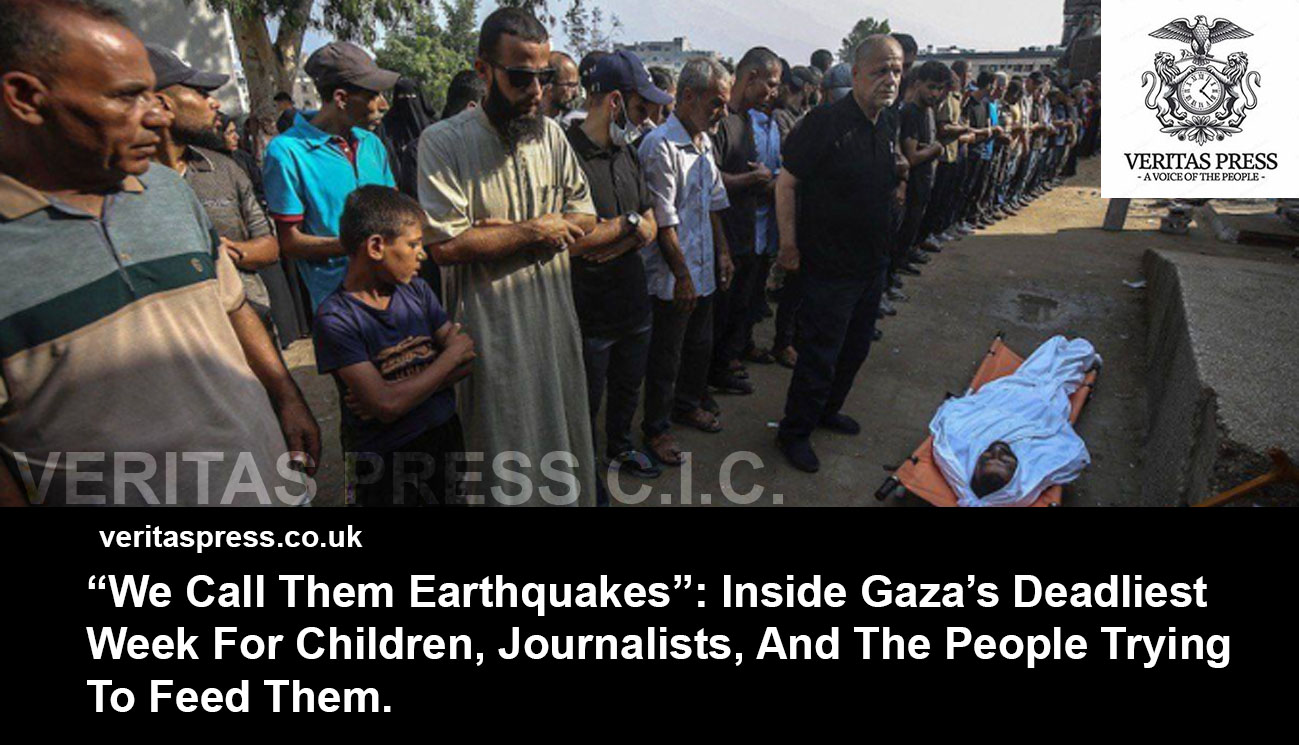

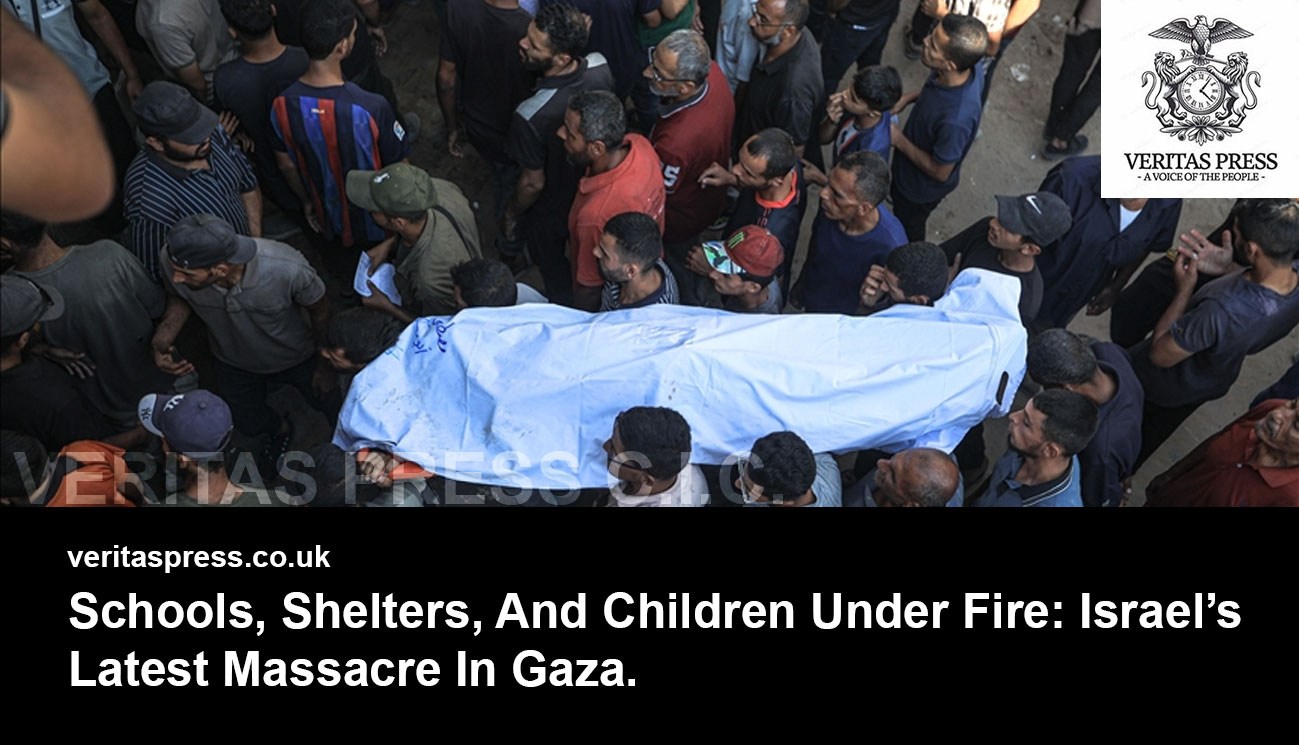




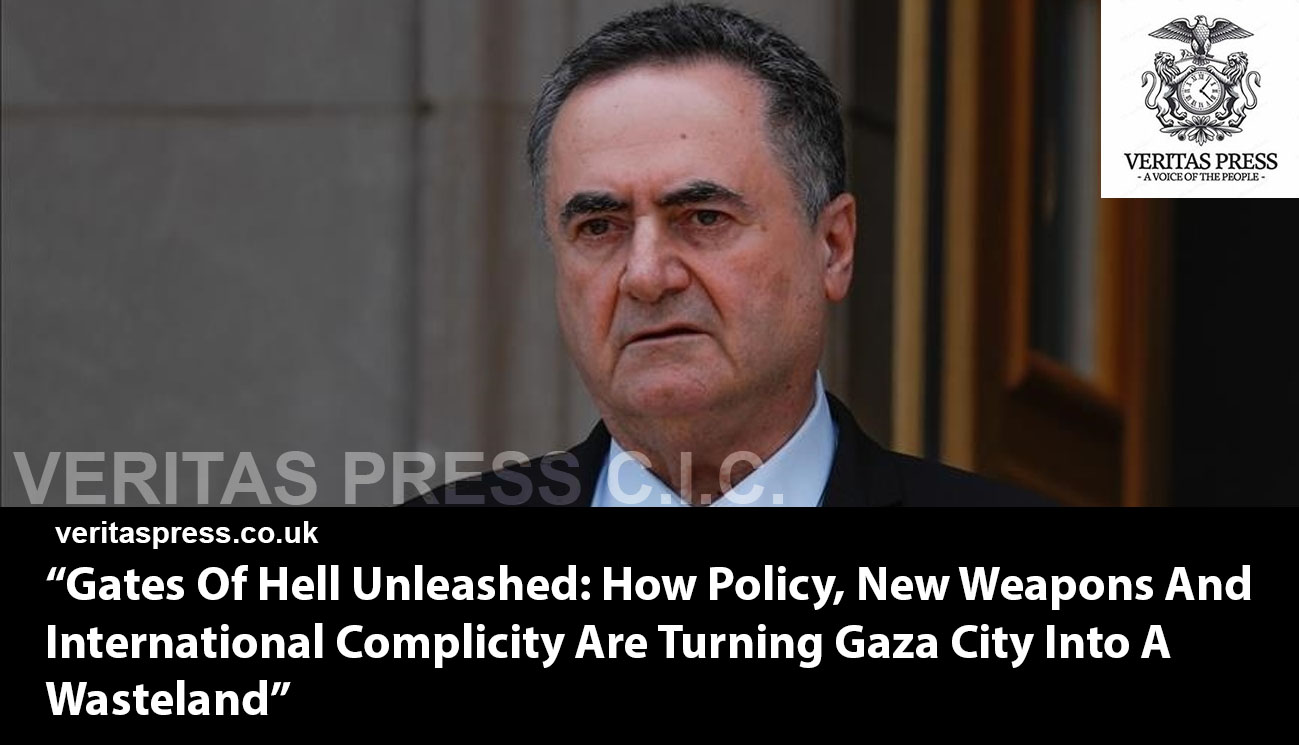
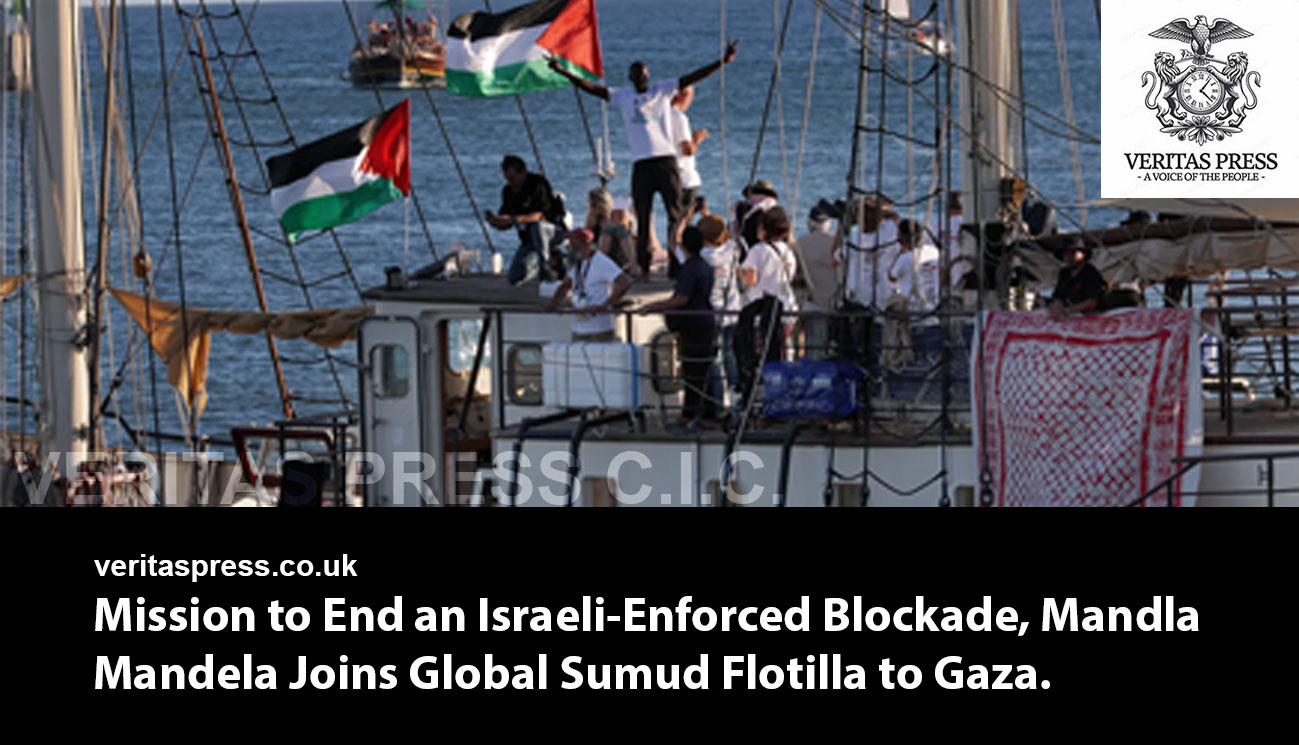
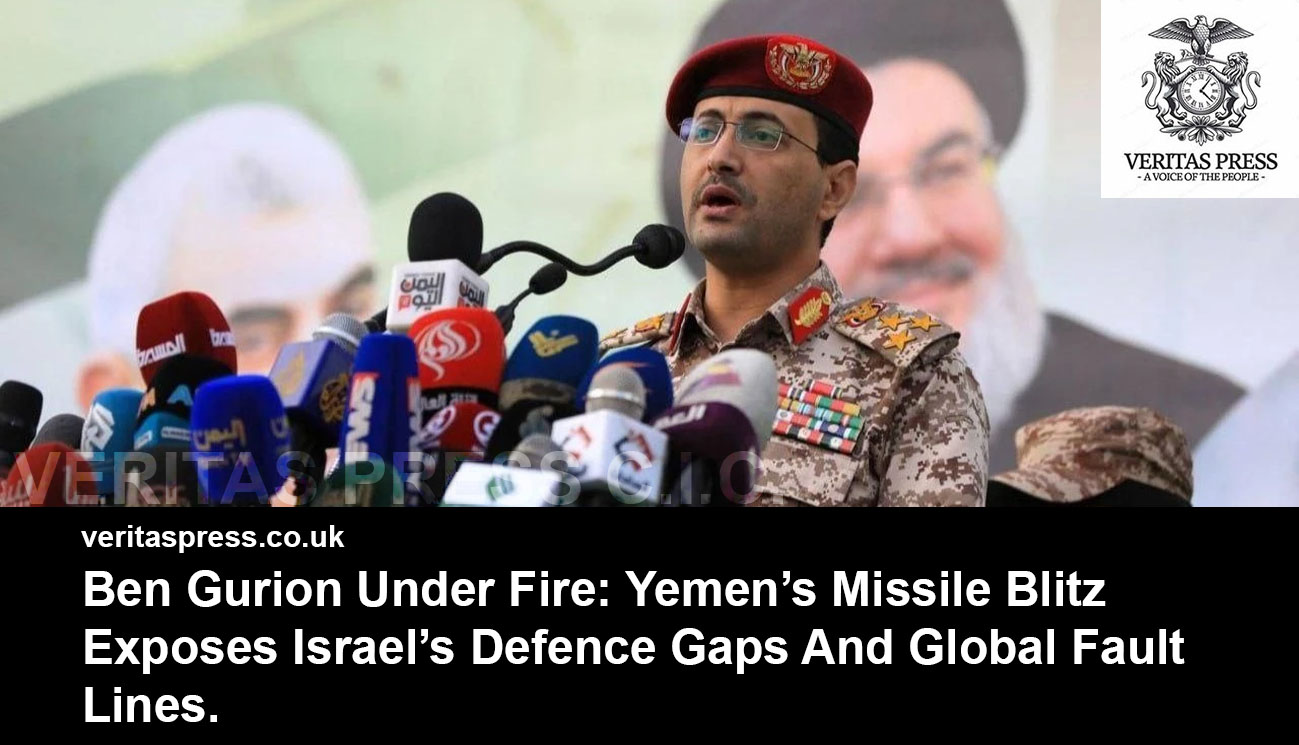
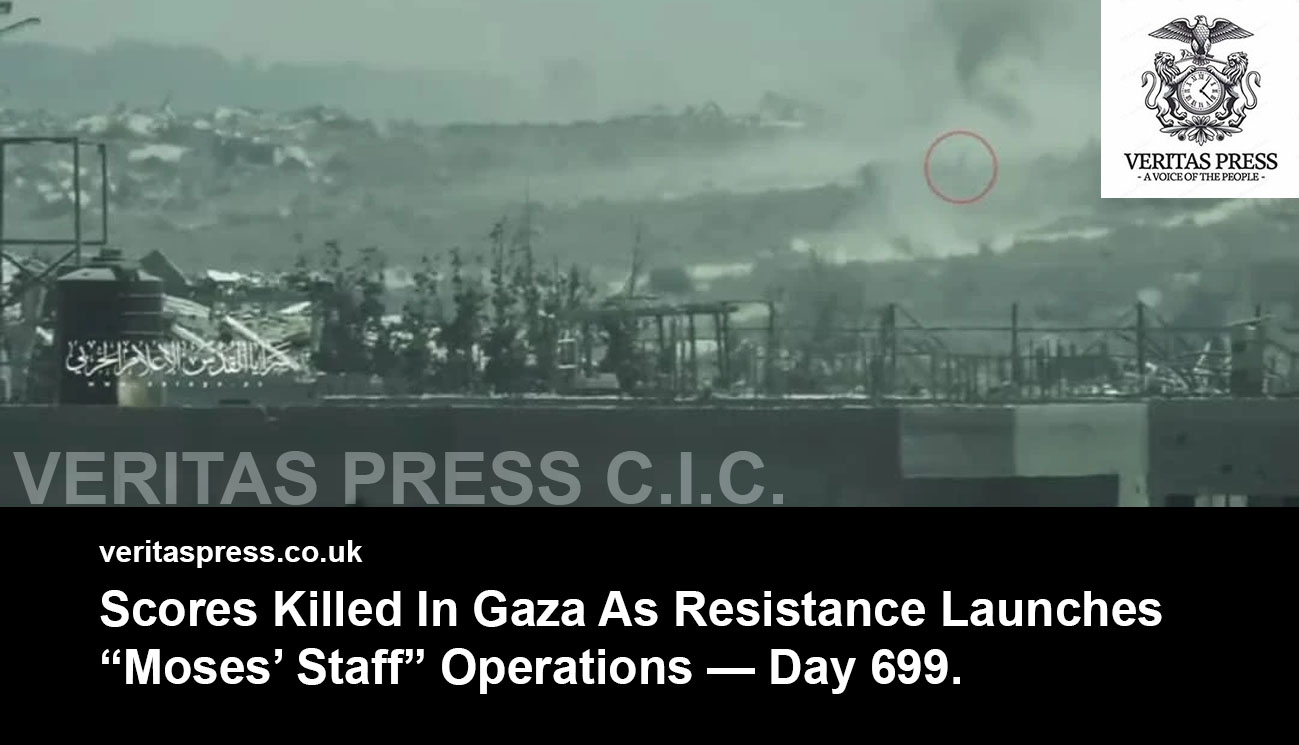
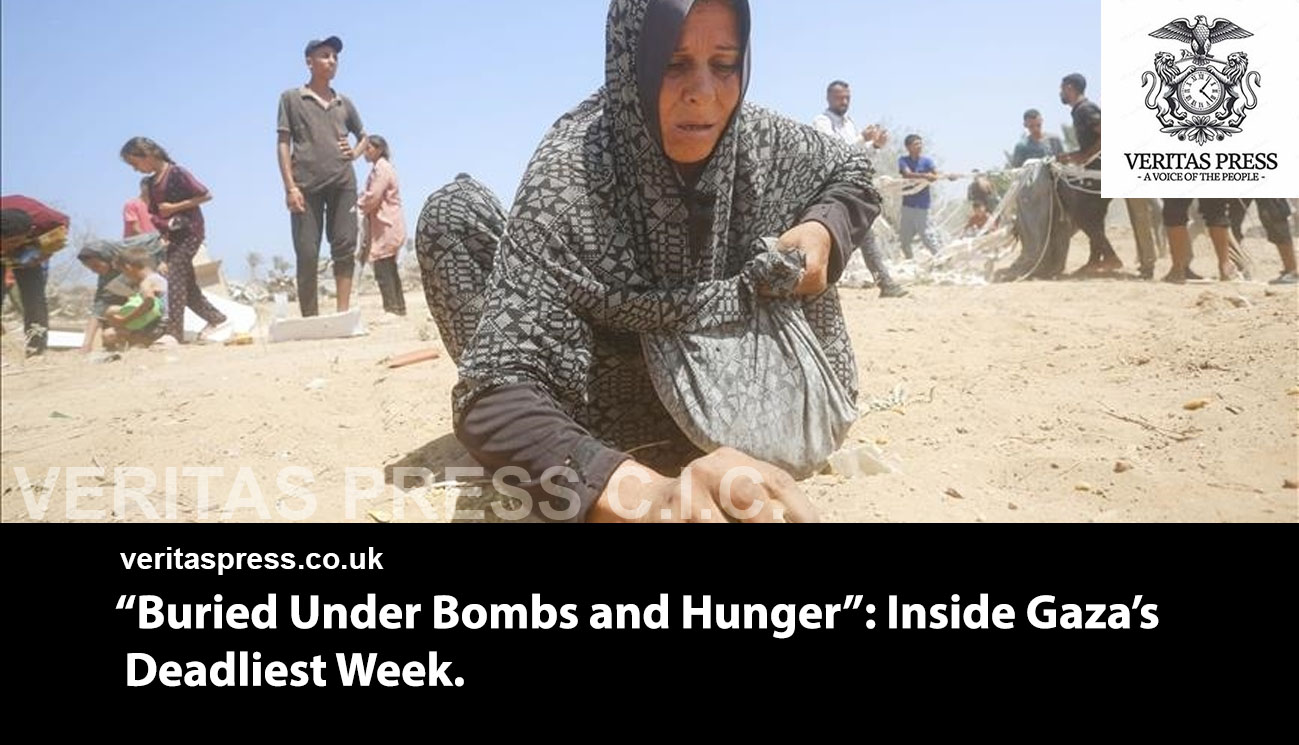
Leave a Reply